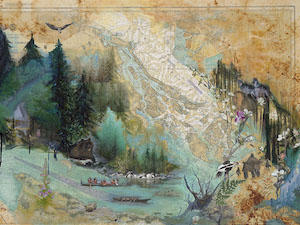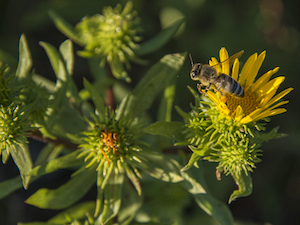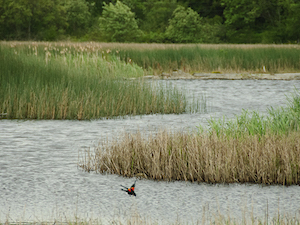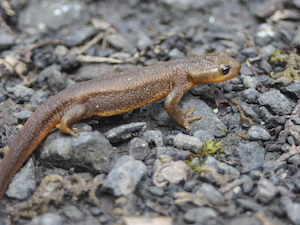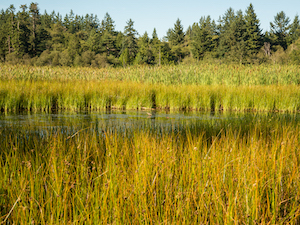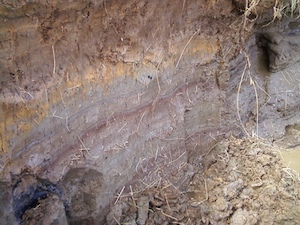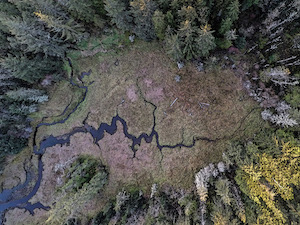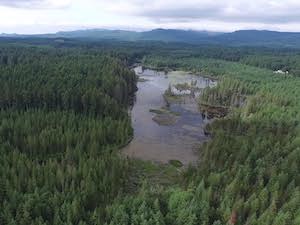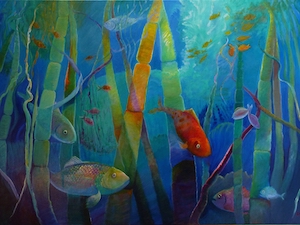10 THINGS YOU MAY NOT KNOW ABOUT DUCKWEED
by Adelia Ritchie, Autumn 2020
Photos by John F. Williams, except as noted

10 THINGS YOU MAY NOT KNOW ABOUT DUCKWEED
by Adelia Ritchie, Summer 2020
Photos by John F. Williams, except as noted
1. Duckweed grows in dense colonies in quiet water that is undisturbed by wave action. We try to avoid insulting still waters by calling them “stagnant.” We prefer to call them “wetlands.”
2. Duckweed can be either a formidable enemy or a beneficial ally. Either way, it creates a stunning green blanket on a shady pond at the edge of a quiet forest.
A pond covered with duckweed, photo by Adelia Ritchie.
3. Duckweeds (Lemna minor) are the smallest flowering plants known. They have no leaves or stems, but some have roots, and they float freely in dense colonies.
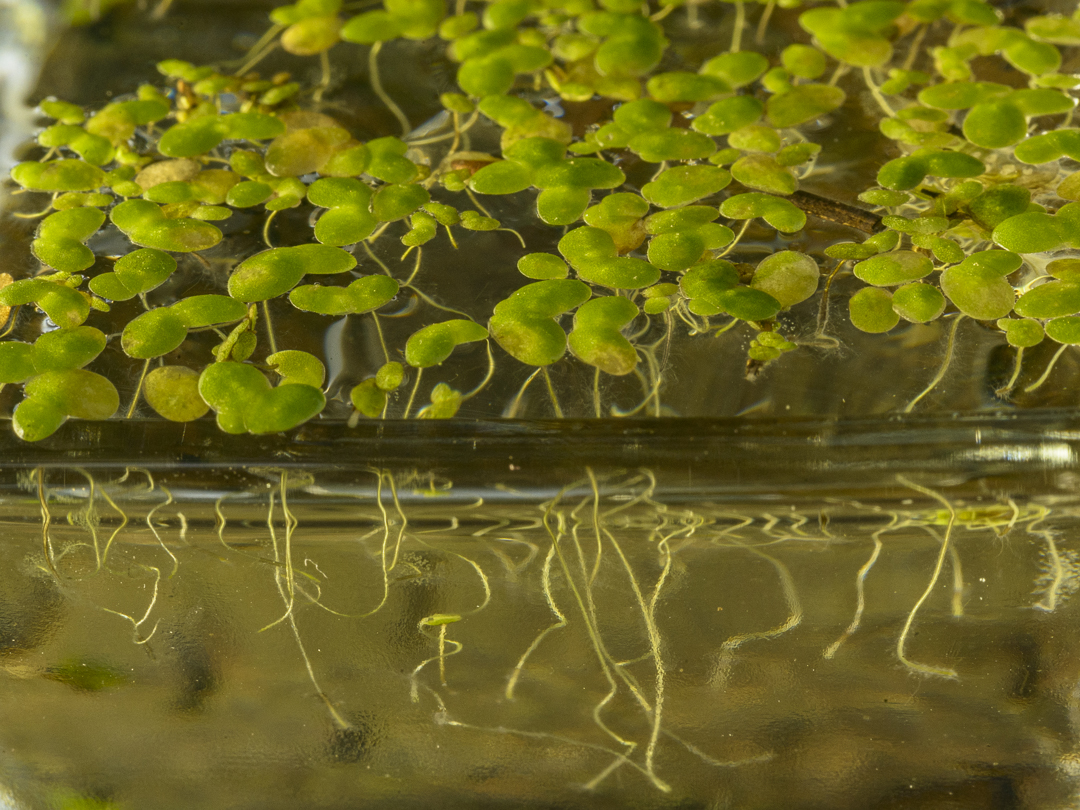
4. Duckweed prefers to grow in waters rich in nutrients such as phosphorus and nitrogen, typical components of agricultural runoff. This is good news because duckweed can clean the water by absorbing these chemicals.
5. Surprisingly, duckweed is a favorite food for some ducks. Some say this is how duckweed got its name. Duckweed is reproductively clever. It wants to be attractive to ducks because ducks help spread it when it sticks to their feathers.

6. A duckweed plant produces a daughter bud about once a day. With ideal growing conditions, the original plant and its daughter buds can produce as many as 17,500 plants in two weeks. Some folks would call this an “invasive” plant.

A pond covered with duckweed, photo by Adelia Ritchie.
7. The problem with duckweed is that it can completely cover the surface of a wetland area, blocking sunlight from reaching plants growing on the bottom.
8. One benefit duckweed provides when it covers a wetland is that it blocks mosquitos from laying eggs. In parts of the world, diseases like malaria, dengue fever and Zika virus are spread by mosquitos.

A pond covered with duckweed, photo by Adelia Ritchie.
9. Live duckweed plants can be purchased on Etsy and Amazon, among many other places. If you have a koi pond, this is a treat for koi and might help prevent them from feasting on each other’s youngsters.
10. Last but not least, NASA believes duckweed, being edible and full of important micronutrients, including inflammation-fighting antioxidants, may be the optimal food for growing onboard spaceships, feeding astronauts maximum nutrients and taking up the least amount of room in compact, extremely productive space farms!

Note from John F. Williams:
Needing to get some duckweed photos for this article, I filmed the process to give readers a look “behind the scenes.”
Don’t laugh (too hard), but since getting together with people is problematic right now, I tried something new: making a video where all the management, cast, and crew is just one person: me.
It’s not perfect, but it’s only three minutes long.
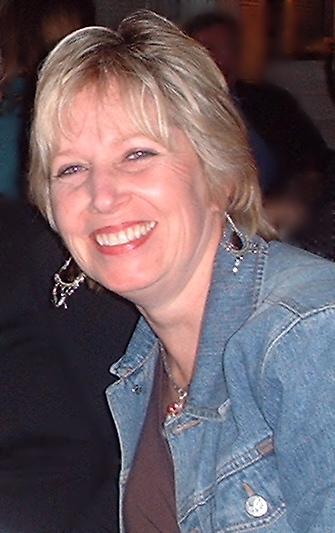
Adelia Ritchie grew up on a northern Virginia farm with horses, cattle, dogs, and her pet pig Porky, who ran the whole show. A long-time resident of the great Pacific Northwest, Adelia is a serial entrepreneur, scientist, educator, and artist, and currently works with educators and legislators to promote a deeper understanding of the science of climate change and its impacts on the complex ecological web of life. Adelia resides in Hansville, WA, with her garden, her dogs, and a flock of very entertaining chickens.
Table of Contents, Issue #9, Autumn 2020
From Swamps and Bogs …
by Sara & Thomas Noland, Autumn 2020 Photos by Thomas Noland except as notedby Sara & Thomas Noland, Summer 2020 Photos by Thomas Noland except as notedWetlands are part of our landscape here in the lowlands near the Salish Sea. Anyone who’s walked around in a...
Issue 9 Art Poetry
Autumn 2020Juan de Fuca painting by Melissa McCannaJuan de Fuca painting by Melissa McCannaSummer 2020Going Home, painting by Julia MillerComing Home by Dawn Henthorn Salmon come home home to the Elwha. Bit by bit of rubble two feet at a time, the dams were removed,...
Salt Marshes
by Ron Hirschi, Autumn 2020Gumweed photo by John F. WilliamsGumweed photo by John F. Williamsby Ron Hirschi, Autumn 2020I’ve enjoyed, studied, mapped, and tried to protect wet places for pretty much my entire life. So, I thought I’d take the opportunity to share some...
Importance of Wetlands
by Josh Wozniak, Autumn 2020 Photographs by John F. Williamsby Josh Wozniak, Summer 2020 Photographs by John F. WilliamsTaking many forms, wetlands are natural features of the landscape that provide crucial functions for both nature and humankind. We benefit directly...
Newts: Wetland Magicians
by Sharon & Paul Pegany, Autumn 2020 Photos by Sharon Pegany except as notedby Sharon & Paul Pegany, Summer 2020 Photos by Sharon Pegany, except as noted. Did I just see what I think I saw? I had to do a double take while exploring the edge of a local pond...
Healthy Wetlands
by Curt Hart and Marcus Humberg, Autumn 2020Wetland at Point No Point, photo by John F. WilliamsWetland at Point No Point, photo by John F. Williamsby Curt Hart and Marcus Humberg, Summer 2020For the 4.2 million residents in and around Puget Sound, there is a good...
Earthquakes and Tsunamis
by Carrie Garrison-Laney and Ian Miller Autumn 2020 A photo of sediments in the coastal marsh near the mouth of Salt Creek on the Strait of Juan de Fuca, showing distinct bands of different colors and textures. Photo by Ian Miller.A photo of sediments in the coastal...
Carpenter Creek Salt Marsh
by Melissa Fleming & Terry Pereida, Autumn 2020 Photos by Terry Pereida, except as notedSalt marsh with the main channel running down the middle. Photo by Tom TwiggSalt marsh with the main channel running down the middle. Photo by Tom Twiggby Melissa Fleming &...
Wetland Basics
Frank Stricklin, Autumn 2020 Photos by John F. Williams except as notedThis large wetland in Newberry Hill Heritage Park is listed by the State of Washington as a “wetland of significant conservation value.” It contains many species of aquatic plants, and some...
Blue Carbon
by Adelia Ritchie, Autumn 2020Underwater Rainbow, painting by Julia MillerUnderwater Rainbow, painting by Julia Millerby Adelia Ritchie, Summer 2020As you’ll see everywhere else in this issue, a wetland system isn’t just another lovely place for a nature walk. Wetland...
PLEASE HELP SUPPORT
SALISH MAGAZINE
DONATE
Salish Magazine contains no advertising and is free. Your donation is one big way you can help us inspire people with stories about things that they can see outdoors in our Salish Sea region.
We also don't advertise Salish Magazine, so please spread the word of this online resource to your friends and colleagues.
Thanks so much for your interest and your support.
We also don't advertise Salish Magazine, so please spread the word of this online resource to your friends and colleagues.
Thanks so much for your interest and your support.



